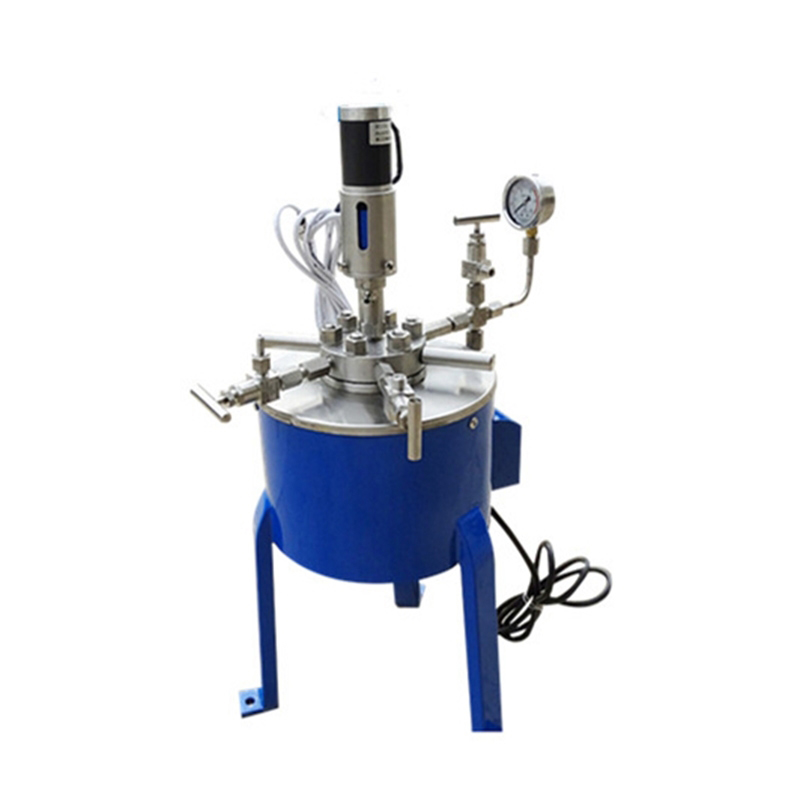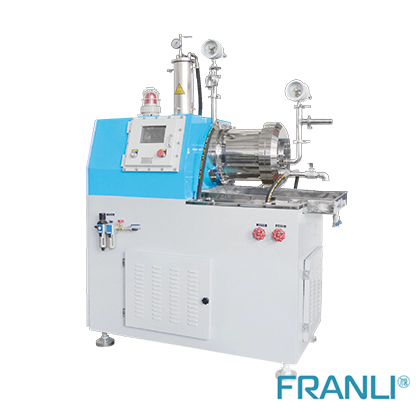Home » Effective production art with the basket mill
Effective production art with the basket mill
The process of machining that makes use of the cutting tools for the removal of materials through the sliding of the heads of the tools into the workpieces is done with the help of a basket mill.
The process of machining that makes use of the cutting tools for the removal of materials through the sliding of the heads of the tools into the workpieces is done with the help of a basket mill. Through the change in the direction in one or more axes of the cutting tool, pressure, as well as the head speed, is how this can be done through the basket mill. Ranging from the smaller individual workpieces to that of the larger, heavier gang milling operations are all covered with the help of the basket mill.
Multi-Task Machines
In terms of the lathes and the occasional usage of the milling cutters in terms of the turning operations is how the integration of the milling through the turning environment started. It is what led out for the creation of the newer classes of the machining tools that are also considered to be the multi-task lab basket mills or the MTM specifically designed in terms of facilitating the milling along with the turning over the similar working surfaces.
Milling
The cutter here would be removing the materials from over the surfaces of the workpieces here through milling. Often with the help of the several cutting points here, the cutter is considered to be the rotary cutting tool. While the tool is moved all the way along the rotational axis, the cutter for milling is mainly moving in perpendicular to its axis so that the cutting will be taking place all around this perimeter here. The edges for cutting of the tools are repeatedly cut within the material, leaving it by shaving off the chips from the workpieces at every pass.
Two Major Classes Of Milling Process
The action for the cutting process here mainly at the end corners of the cutter faces towards the milling edge. Cutting the flat surfaces to the workpieces or cutting the flat-out bottom cavities is done through the face milling process. The cutting action, mainly over the circumference of the milling cutter, is done through the circumferential milling with the cross-section of the milled surface taking the shape of the milling cutter ultimately. The blades of the knife can be noted to be as the collecting material from the workpieces in this specific case. To cut onto the deeper grooves, threads as well as gear teeth, circumferential milling is suited to be the best option.
Comparison Of Horizontal And Vertical Mills
Therefore, between the horizontal as well as vertical milling processes, you need to know in terms of the comparisons as well as the differences that lie between them. Both the kinds of the lab basket mill here are performing this specified task with the process of production in terms of performing the task here is different. Orientation of the spindle here is where the main difference lies. Both machining kinds, there are specific benefits and disadvantages. The following is considered as the complete overview for the vertical as well as the horizontal mills.
Vertical Milling Machine
The highly common kind of milling machine is the vertical one with the head that is vertically oriented for cutting or the spindle that is holding and rotating the cutting tool that is relative to the workpieces here. There are other parts of this machine here that will be moving along one or more axes to help in the movement of the material in its proper position as the cutting head is mounted in its vertical orientation. It can remove the material by pressing on the workpiece with the mandrel moving up and down here.
For those unilateral projects here, the vertical mills are considered as the best while working with the larger metallic plates that have their sinking matrices. Bed milling machines and turret milling machines are the two basic kinds of vertical milling machines as they are operating in a slightly varied way from each other, offering a distinctive set of advantages.
Turret mill: Here, you are going to find the table as well as the spindle that is able to move perpendicularly and parallel to its axis and considering how it can be manipulated through the positioning of the material in terms of both the directions since this revolver mill is considered to be highly versatile.
Bed mill: This bed mill is moving the material that is perpendicular to its axis. The spindle here is attached to its vertical axis that is able to move up as well as down as required with this kind of milling machine. It allows for the milling of various depths along with the shapes with the movement of the spindle that is in combination with the movement that is horizontal of that of the table here. For the projects that need the larger, heavier components compared to that of the tower mills is what this mill is perfect for.
The features of the vertical milling machines:
- Popularity
The major part of the milling machines that are done in this country is through the machines here. Compared to the horizontal mills, they are mainly a lot more affordable as this is the smart investment that is made paying as often as ten times. Production cost savings is going to be passed on to the customers due to the lowest initial cost.
- Ease of use
The operators here get better visibility during their work with the construction of the vertical mills here. The operators get a better chance here for easily detecting and removing the potential threats with the start of the milling process. Programming here is pretty easy due to its controls that are user-friendly addition to the lab basket mill.
- Production benefits
In terms of finishing off the larger sheets, a lot of visibility is being offered through the vertical mills. It is suited the best for the less complex tasks that need smaller amounts with the ease of using this kind of machine here.
The horizontal mills that are being offered by companies like FRANLI come equipped with varied kinds of cutting tools. The horizontals mills consist of thicker as well as shorter tools for cutting. These horizontal milling machines are noted to make deeper and heavier cuts compared to the vertical milling machines. These companies use them to cut the grooves within the workpieces as they are also able to be performing the milling operations when they are set at different angles here.
Related Products

Laboratory Reactor: Guide to Stirring System
The laboratory reactor is composed of a pot body, a pot cover, an agitator, a jacket, a support and transmission device, a shaft seal device, etc.

Grinding Media for Bead Mill | Zirconia Beads & Zirconium Silicate Beads
Bead mills mainly use grinding balls as media, and use impact, extrusion, and friction to achieve the final grinding effect, which mainly depends on the size and hardness of the grinding beads, the filling rate of the grinding beads, and the collision frequency adjustment between the grinding beads and the particles.

Overview of Laboratory Reactor
Laboratory reactors, also known as lab reactors, are essential tools in scientific research, product development, and process optimization. These reactors provide a controlled environment for conducting chemical reactions, mixing, dispersing, and homogenizing processes.
News
Laboratory Reactor: Guide to Stirring System
The laboratory reactor is composed of a pot body, a pot cover, an agitator, a jacket, a support and transmission device, a shaft seal device, etc.
Grinding Media for Bead Mill | Zirconia Beads & Zirconium Silicate Beads
Bead mills mainly use grinding balls as media, and use impact, extrusion, and friction to achieve the final grinding effect, which mainly depends on the size and hardness of the grinding beads, the filling rate of the grinding beads, and the collision frequency adjustment between the grinding beads and the particles.
Overview of Laboratory Reactor
Laboratory reactors, also known as lab reactors, are essential tools in scientific research, product development, and process optimization. These reactors provide a controlled environment for conducting chemical reactions, mixing, dispersing, and homogenizing processes.
Bead mills | Manufacturing technology in various industries
Bead mills, also known as sand mills or grinding mills, are versatile machines widely used across various industries for the wet grinding and dispersion of solid particles in liquid media.
Ribbon Blender Mixer Equipment
A ribbon blender mixer, also known as a ribbon mixer or horizontal ribbon blender, is a powerful industrial machine designed for thorough and efficient blending of various materials.
What is A Stainless Steel Reactor?
Stainless steel reactors are essential equipment in various industries, including chemical, pharmaceutical, biotechnology, and food processing.
Related Products

Laboratory Reactor: Guide to Stirring System
The laboratory reactor is composed of a pot body, a pot cover, an agitator, a jacket, a support and transmission device, a shaft seal device, etc.

Grinding Media for Bead Mill | Zirconia Beads & Zirconium Silicate Beads
Bead mills mainly use grinding balls as media, and use impact, extrusion, and friction to achieve the final grinding effect, which mainly depends on the size and hardness of the grinding beads, the filling rate of the grinding beads, and the collision frequency adjustment between the grinding beads and the particles.

Overview of Laboratory Reactor
Laboratory reactors, also known as lab reactors, are essential tools in scientific research, product development, and process optimization. These reactors provide a controlled environment for conducting chemical reactions, mixing, dispersing, and homogenizing processes.
News
Laboratory Reactor: Guide to Stirring System
The laboratory reactor is composed of a pot body, a pot cover, an agitator, a jacket, a support and transmission device, a shaft seal device, etc.
Grinding Media for Bead Mill | Zirconia Beads & Zirconium Silicate Beads
Bead mills mainly use grinding balls as media, and use impact, extrusion, and friction to achieve the final grinding effect, which mainly depends on the size and hardness of the grinding beads, the filling rate of the grinding beads, and the collision frequency adjustment between the grinding beads and the particles.
Overview of Laboratory Reactor
Laboratory reactors, also known as lab reactors, are essential tools in scientific research, product development, and process optimization. These reactors provide a controlled environment for conducting chemical reactions, mixing, dispersing, and homogenizing processes.
Bead mills | Manufacturing technology in various industries
Bead mills, also known as sand mills or grinding mills, are versatile machines widely used across various industries for the wet grinding and dispersion of solid particles in liquid media.
Ribbon Blender Mixer Equipment
A ribbon blender mixer, also known as a ribbon mixer or horizontal ribbon blender, is a powerful industrial machine designed for thorough and efficient blending of various materials.
What is A Stainless Steel Reactor?
Stainless steel reactors are essential equipment in various industries, including chemical, pharmaceutical, biotechnology, and food processing.
